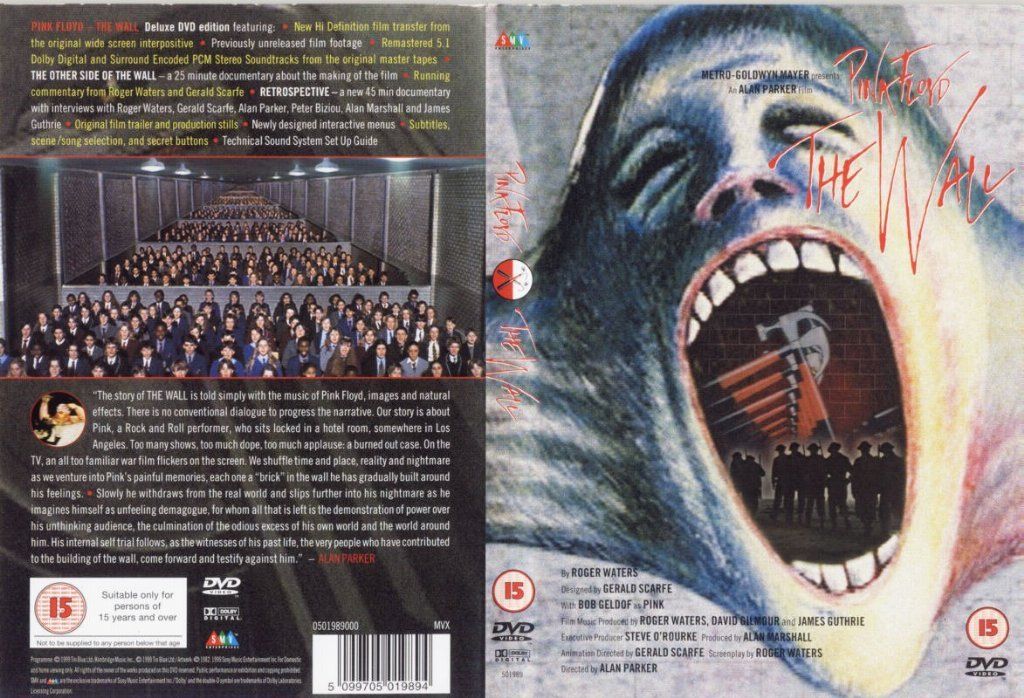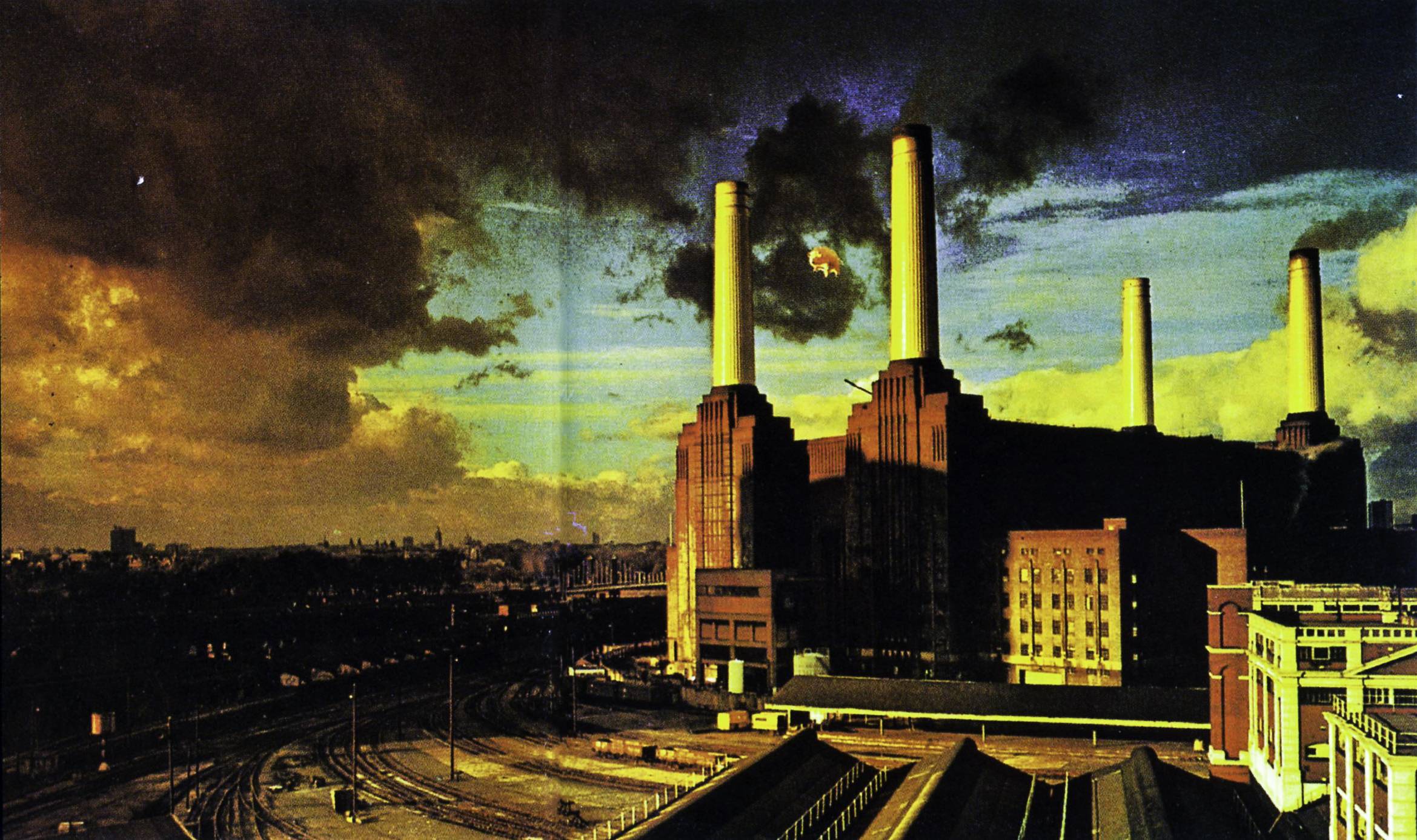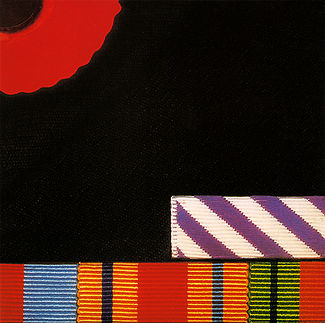Pink Floyd biography Formed in 1965 in London, UK - Disbanded in 1994 - Reunited with different formation on several ocasions One of the biggest bands of all time Of all the bands who come under the progressive rock banner, Pink Floyd are, arguably, the act most recognisable in the wider music community to music lovers of all genres. P ink Floyd’s the Wall is one of the most intriguing and imaginative albums in the history of rock music. Since the studio album’s release in 1979, the tour of 1980-81, and the subsequent movie of 1982, the Wall has become synonymous with, if not the very definition of, the term “concept album.”.
Biography
The story of Pink Floyd began in London in 1965. The lineup comprised the London Polytechnic students Nick Mason, Roger Waters and Richard Wright. They were joined by Syd Barrett who came from Cambridge. The name of the band was proposed by Syd as a tribute to the American bluesmen Pink Anderson and Floyd Council. They started as an R&B outfit doing covers of The Rolling Stones. Influenced by Barrett’s ideas, Pink Floyd moved to the psychedelic sound with complex and long compositions. The band established their big ambitions with their very first single Arnold Layne. It was a story of a transvestite stealing women’s clothing. Although it was denied by the BBC, the single invaded Top 20 of the UK albums.
The debut full format release by Pink Floyd, called Piper At The Gates Of The Dawn, saw light in 1967 and immediately became a sensation featuring an absolutely innovational approach called ‘space music’. Numerous sonic effects along with specific depressive guitar solos rendered brilliantly the inner state of a person in the surroundings of the modern world. Barrett’s apocalyptic lyrics and music were both the product of his genius and result of heavy drug intake. The massive tours and packed studio activity exhausted him mentally and physically which led to an idea of keeping him focused on songwriting apart from stage performances. It was meant to replace Barrett during the concerts with his old friend David Gilmour. However, Barrett refused this alternative and left the band. He started his own career, but did not achieve much.
Despite the new reality without the established leader, Pink Floyd remained full of energy and creative ideas and released the subsequent album, A Saucerful Of Secrets, in 1968. It included only one song by Barret. This released was followed by the production of the soundtrack to the movie More and the double CD album Ummagumma in 1969. The first part of this record featured the band’s live performances, while the second one contained solo compositions written separately by each member of Pink Floyd. The early seventies became the new period in the Pink Floyd history. The 1970 album Atom Heart Mother was recorded in cooperation with the avant-garde composer Ron Geesin. In 1973 Pink Floyd finished the quest for the sought sound after the release of the iconic Dark Side Of The Moon. This one sold out over twenty five million copies and gave the model to follow on the next albums. The same formula of music was utilized for Wish You Were Here (1975), Animals (1977) and The Wall. The latter became one of the most outstanding specimens of rock genre to influence multitudes of performers. This rock opera was devoted to the subject of loneliness and separation of performers from their audience with the wall being its main symbol.
In 1979, Richard Write quit Pink Floyd due to bitter differences with Waters. In 1982, the band shot the movie The Wall with the music taken from the same titled album. The 1983 record The Final Cut earned little attention with only one remarkable song, Not Now John. The failure pushed Waters to start a solo career, an example followed by Gilmour and Mason. However, they did not succeed as separate artists, which motivated Mason and Gilmour to resurrect Pink Floyd in 1987. Despite the protests and claims from Waters, they managed to preserve the band’s title. Richard Write came back to the group shortly after that. Immediately after the reunion, Pink Floyd recorded A Momentary Lapse Of Reason (1987). It was supported by a long tour giving the material for the live album Delicate Sound Of Thunder (1988). After a prolonged pause, the band released The Division Bell (1994). The material of the new disc reminded little of the Pink Floyd old works and much of Gilmour’s solo albums. In 2005 Waters once performed with Pink Floyd in London which was mistakenly taken by many fans as a sign of his long expected re-joining with the band.
Studio Albums

EP


Compilation albums
Lives
Pink Floyd’s the Wall is one of the most intriguing and imaginative albums in the history of rock music. Since the studio album’s release in 1979, the tour of 1980-81, and the subsequent movie of 1982, the Wall has become synonymous with, if not the very definition of, the term “concept album.” Aurally explosive on record, astoundingly complex on stage, and visually dynamic on the screen, the Wall traces the life of the fictional protagonist, Pink Floyd, from his boyhood days in post-World-War-II England to his self-imposed isolation as a world-renowned rock star, leading to a climax that is as cathartic as it is destructive.


From the outset, Pink’s life revolves around an abyss of loss and isolation. Born during the final throes of a war that claimed the lives of nearly 300,000 British soldiers – Pink’s father among them – to an overprotective mother who lavishes equal measures of love and phobia onto her son, Pink begins to build a mental wall between himself and the rest of the world so that he can live in a constant, alienated equilibrium free from life’s emotional troubles. Every incident that causes Pink pain is yet another brick in his ever-growing wall: a fatherless childhood, a domineering mother, an out-of-touch education system bent on producing compliant cogs in the societal wheel, a government that treats its citizens like chess pieces, the superficiality of stardom, an estranged marriage, even the very drugs he turns to in order to find release. As his wall nears completion – each brick further closing him off from the rest of the world – Pink spirals into a veritable Wonderland of insanity. Yet the minute it’s complete, the gravity of his life’s choices sets in. Now shackled to his bricks, Pink watches helplessly (or perhaps fantasizes) as his fragmented psyche coalesces into the very dictatorial persona that antagonized the world during World War II, scarred his nation, killed his father, and, in essence, affected his life from birth. As much as this story tips toward nihilistic victimhood, there also runs a strong existentialist countercurrent in which freedom cannot be separated from personal responsibility. The narrative culminates in a mental trial as theatrically rich as the greatest stage shows, with Pink’s tale ending with a message that is as enigmatic and circular as the rest of his life. Whether it is ultimately viewed as a cynical story about the futility of life, or a hopeful journey of metaphoric death and rebirth, the Wall is certainly a musical milestone worthy of the title “art.”
As with most art, Pink Floyd’s concept album is a combination of imagination and the author’s own life. The album germinated during the band’s 1977 Animals tour when frontman Roger Waters, growing disillusioned with stardom and the godlike status that fans grant to rock stars like himself, spit in the face of an overzealous concert-goer. Horrified by his disenchantment, Waters began drawing from the well of his alienation as well as the loss of his own father during World War II to flesh out the fictional character of Pink. The wild stories surrounding Pink Floyd’s original frontman, Syd Barrett – including his drugged-out escapades and subsequent withdrawal from the world – provided Waters with further inspiration for the moody rock-star. The contributions of bandmates David Gilmour, Nick Mason, and Richard Wright provided the final brush strokes for a contemporary anti-hero – a modern, existential Everyman struggling to find, or arguably lose, self and meaning in a century fragmented by war.
A Quick Note About the Lyrics:
Because bassist Roger Waters and guitarist David Gilmour traded lead vocalist duties throughout 70’s-era Pink Floyd, I’ve received many e-mails over the years asking me to clarify the main singer of each particular song in the Wall. To this end, the singer’s name will be bracketed next to the sections of song that he sings. For example:
[David Gilmour]
Progressive Rock
Of course mama’s gonna help build a wall.
[Roger Waters]
Pink Floyd The Wall Download
Mother, do you think she’s good enough for me?
Art Rock
In this lyric taken from the song “Mother,” David Gilmour sings the line “Of course mama’s gonna help build a wall,” while Roger Waters sings the following line, “Mother, do you think she’s good enough for me?”, and so on. On songs with only one singer, the vocalist is listed in brackets at the top of the lyrics.